Richard Garwin (S.M. ’48, Ph.D. ’49), who studied under Enrico Fermi and designed the first hydrogen bomb, died on May 13 at 97. His death was confirmed by his daughter-in-law to CBS News. The cause of death is not publicly known.
A physicist, Garwin received his doctorate from the University of Chicago while working under Fermi, a Nobel laureate and renowned member of the Manhattan Project. At 23 years old, while an associate professor at the University, Garwin designed the first hydrogen bomb at the Los Alamos National Laboratory.
Afterward, Garwin transitioned from academia to advising several presidents on matters of science and nuclear deterrence. He told the New York Times in January that he had counseled 13 U.S. presidents in some capacity, including serving as a member of the President’s Science Advisory Committee for John F. Kennedy, Lyndon B. Johnson, and Richard Nixon.
Garwin was one of the first members of JASON, a group of elite scientists advising the government on sensitive matters related to science and technology, and continued as a senior advisor into his 90s. He also served on the Committee on International Security and Arms Control, established by the National Academy of Sciences to facilitate bilateral discussions between academics from Russia (then the Soviet Union), China, and India on nuclear deterrence.
Over his lengthy career in private and public life, Garwin accumulated 47 patents and published more than 500 research papers. He is credited for advances in touch screens, MRI machines, and laser printers. He received the National Medal of Science from then President George W. Bush in 2003 and the Presidential Medal of Freedom from then President Barack Obama in 2016.
While at the University, Garwin and Fermi spent much of their time in Fermi’s lab—a repurposed lecture hall in Ryerson—working on positronium, a system composed of an electron and a positron orbiting each other. Fermi had high praise for his student, calling Garwin “the only true genius [he had] ever met,” Marvin Goldberger, a fellow student of Fermi, recalled in 1981; Garwin thought his mentor was mistaken.
In 1950, Fermi invited Garwin to the Los Alamos National Laboratory in New Mexico, which at the time was a top-secret site for researching and designing nuclear weapons. There, Edward Teller and Stanislaw Ulam had begun theorizing an implementation of a thermonuclear bomb.
After eight failed designs at Los Alamos, Teller asked Garwin to create a working diagram for a thermonuclear device. The six-page memo that resulted, titled “Some Preliminary Indications of the Shape and Construction of a Sausage, Based on Ideas Prevailing in July 1951,” eventually became the design for the first hydrogen bomb, code-named “Ivy Mike.”
“[The] shot was fired almost precisely according to Garwin’s design,” Teller said in a 1981 statement. Until Teller’s statement, Garwin’s key role in the project was only known to a handful of researchers in Los Alamos; not even his family knew.
His obscurity to the general public in spite of his contributions was characteristic of his career; he often remained out of the spotlight as he advised the government on pressing security issues. “He was kind of modest, not very flashy,” said Robert Rosner, the William E. Wrather Distinguished Service Professor in the Departments of Astronomy & Astrophysics and Physics, in an interview with the Maroon. “Most of the very influential things Garwin worked on were not things that get on the front page of the New York Times very often, if ever.”
When Garwin joined the physics department at the University, he was surrounded by researchers who, after helping develop the first atomic bomb, were concerned about the nuclear age. The University’s Metallurgical Laboratory, a key site in the Manhattan Project, was home to some of the earliest criticisms of how the atomic bomb was used, as seen in the Franck Report and the Szilard Petition.
Though Garwin viewed the creation of the hydrogen bomb as inevitable, and his role as relatively minimal in the grand scheme of the arms race, he dedicated much of his life to nuclear deterrence. He spoke publicly on the threat of nuclear war throughout his career, including at on-campus events in 1971, 1981, and 1982. This past January, he told the New York Times that his advocacy was a courtesy toward Fermi, who regretted not having been vocal on the topic.
After leaving the University in 1952, Garwin accepted a job offer with IBM and a concurrent faculty appointment at Columbia University. His contract allowed him to continue working as a consultant for the government, and he spent considerable time in Washington, D.C., though less time mentoring students. “I can count on the fingers of one hand the number of students who ever came to see me in office hours,” Garwin said.
As a figure in national security and arms control, Garwin was a proponent of the theory of mutually assured destruction as the only viable method to avert nuclear war. When tested in 1953, Garwin’s bomb yielded 1,000 times more energy than that of the atomic bomb used on Hiroshima. The immense destructive capacities of thermonuclear weapons presented an opportunity for peace. “I think it would be a better world if the hydrogen bomb had never existed,” Garwin said in 1984. “But I knew the bombs would be used for deterrence.”
Garwin was born April 19, 1928 to a Jewish family in Cleveland. His father, Robert Garwin, was a high school science teacher by day and a film projectionist by night, while his mother, Leonna Garwin, was a legal secretary. Garwin’s younger brother, Edward Garwin, also studied physics, working under Valentine Telegdi at UChicago.
After graduating from Case Western University in 1947, Garwin married Lois Levy shortly before starting his Ph.D. She died in 2018.
Joel Shurkin chronicled Garwin’s life and achievements in his biography True Genius: The Life and Work of Richard Garwin, the Most Influential Scientist You’ve Never Heard Of (2017).
Garwin is survived by his three children, Jeffrey, Tom, and Laura, as well as five grandchildren and a great-grandson.
We ask anyone who has memories they want to share about Richard Garwin to please contact us at editor@chicagomaroon.com.



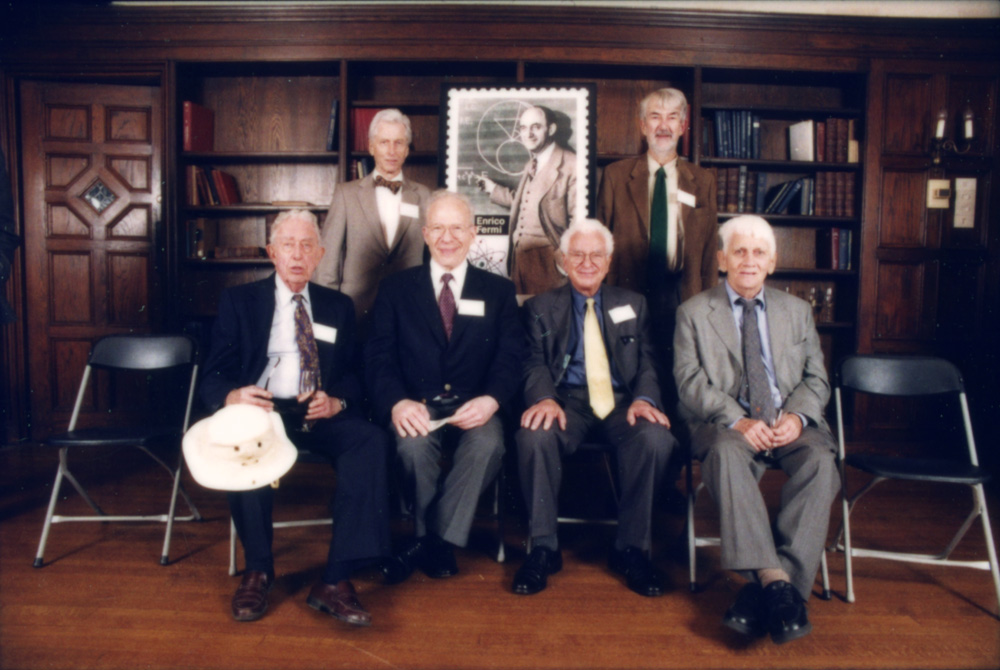
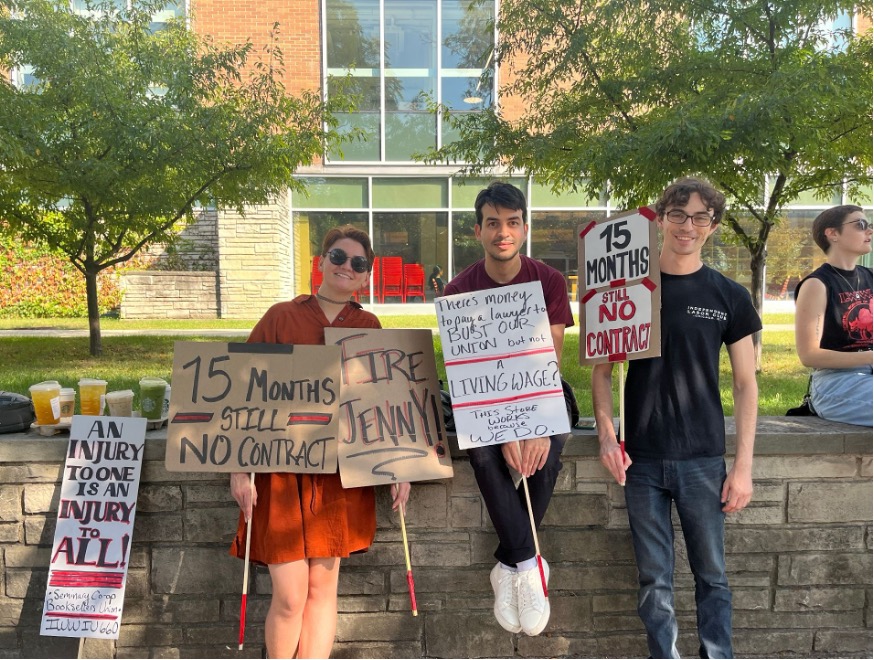
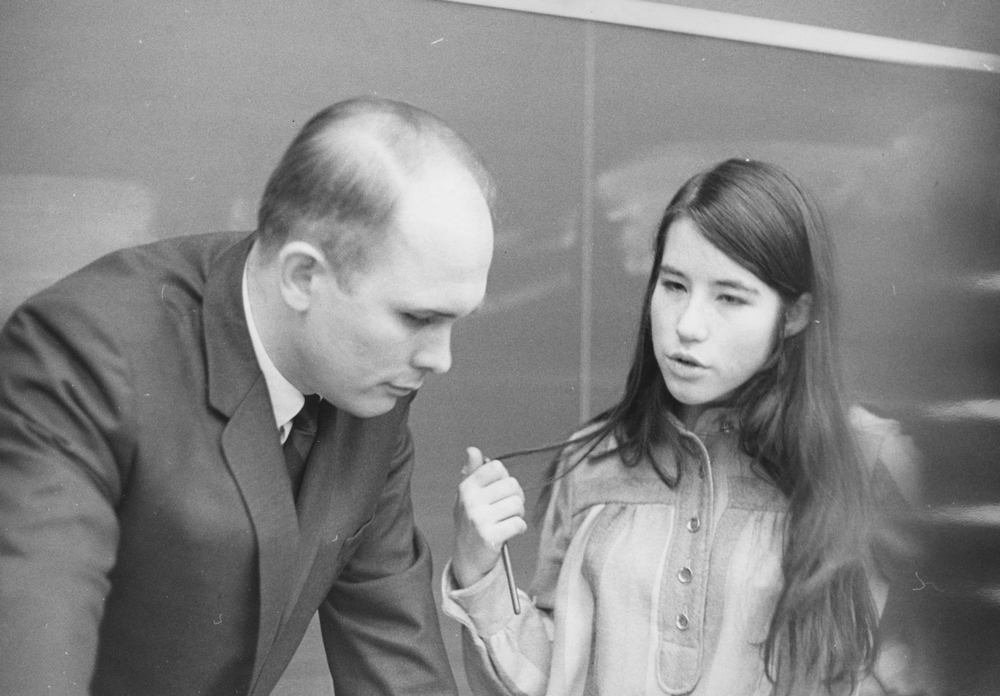


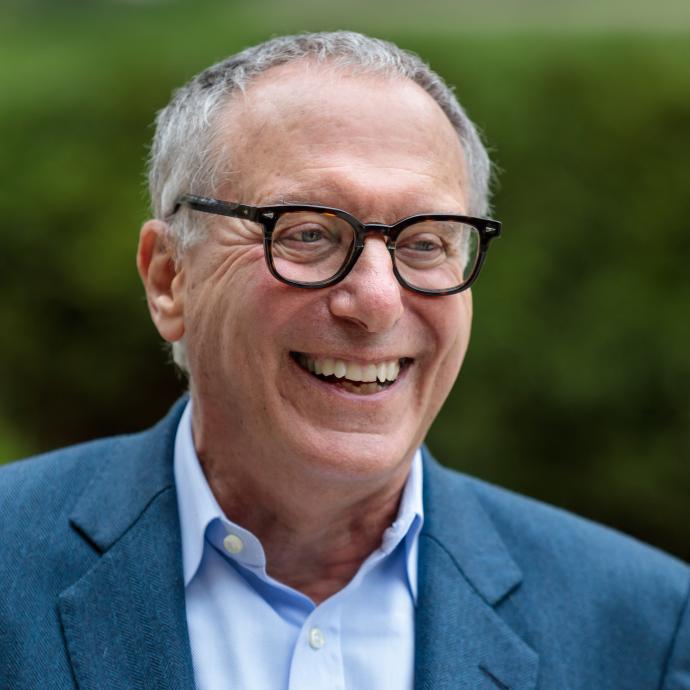
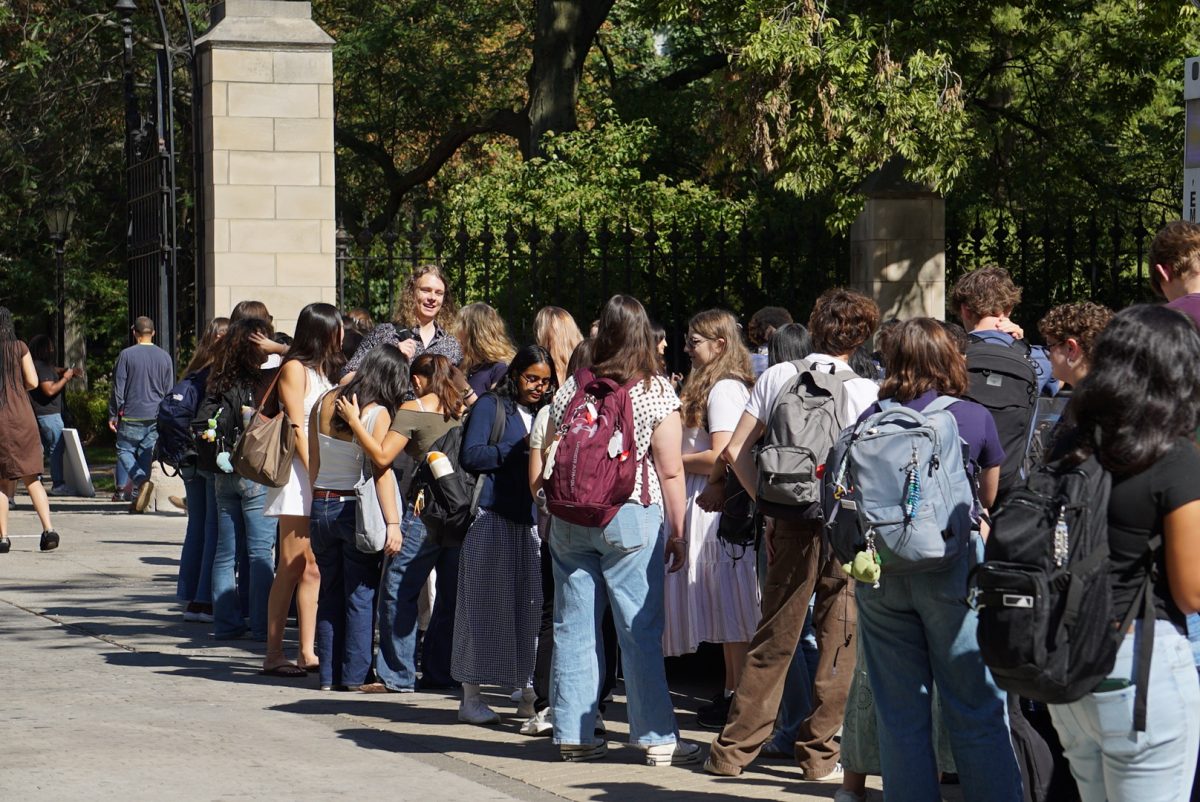
Robert Michaelson / Jun 13, 2025 at 12:20 pm
Another important point, particularly today – Garwin and four colleagues wrote an open letter in August, 2015, to President Obama praising the nuclear agreement just negotiated with Iran:
“We consider that the Joint Comprehensive Plan of Action (JCPOA) the United States and its partners negotiated with Iran will advance the cause of peace and security in the Middle East and can serve as a guidepost for future non-‐proliferation agreements.
This is an innovative agreement, with much more stringent constraints than any previously negotiated non-‐proliferation framework. It limits the level of enrichment of the uranium that Iran can produce, the amount of enriched uranium it can stockpile, and the number and kinds of centrifuges it can develop and operate. The agreement bans reconversion and reprocessing of reactor fuel, it requires Iran to redesign its Arak research reactor to produce far less plutonium than the original
design, and specifies that spent fuel must be shipped out of the country without the plutonium being separated and before any significant quantity can be accumulated. … ” The letter was also signed by twenty-four other distinguished scientists.
Unfortunately, although the U.S. certified in April 2017 and in July 2017 that Iran had complied with JCPOA, on October 17, 2017, the Orange Guy announced that he would not make the certification required under the Iran Nuclear Agreement Review Act, and in May 2018 the U.S. officially withdrew from JCPOA. Thus the most despicable President in the history of our country destroyed the possibility of ensuring that Iran would not develop nuclear weapons. At the moment, the only nuclear armed country in the Middle East is Israel, and we have no assurance whatever that the current fascist government there will refrain from using those weapons.